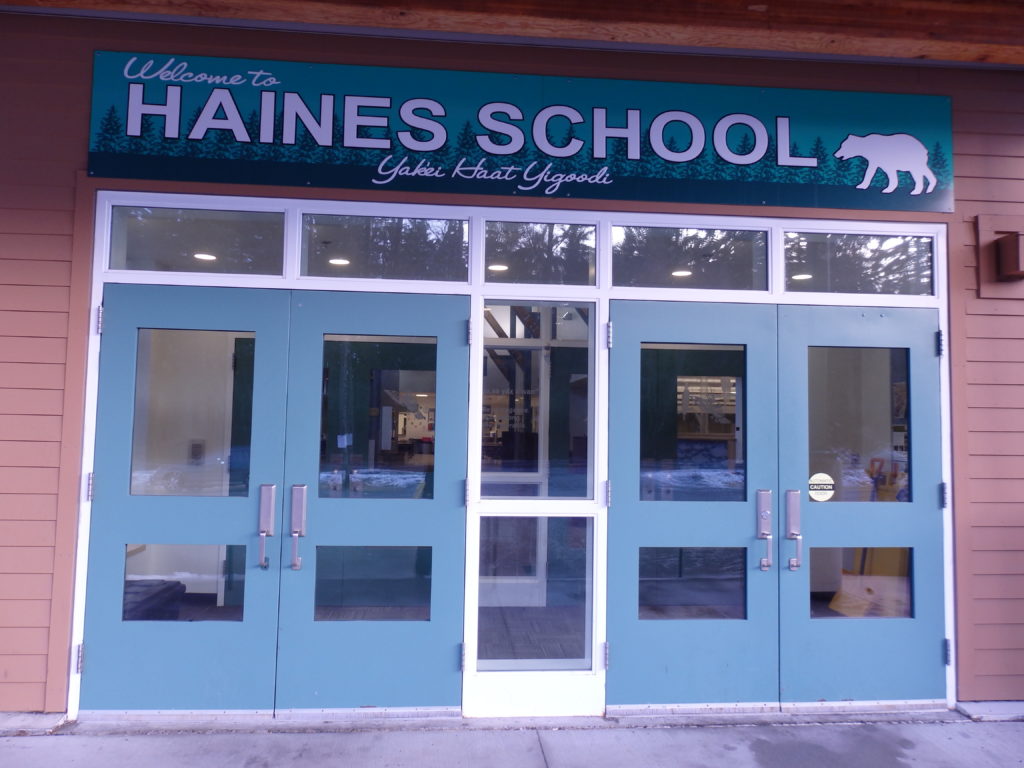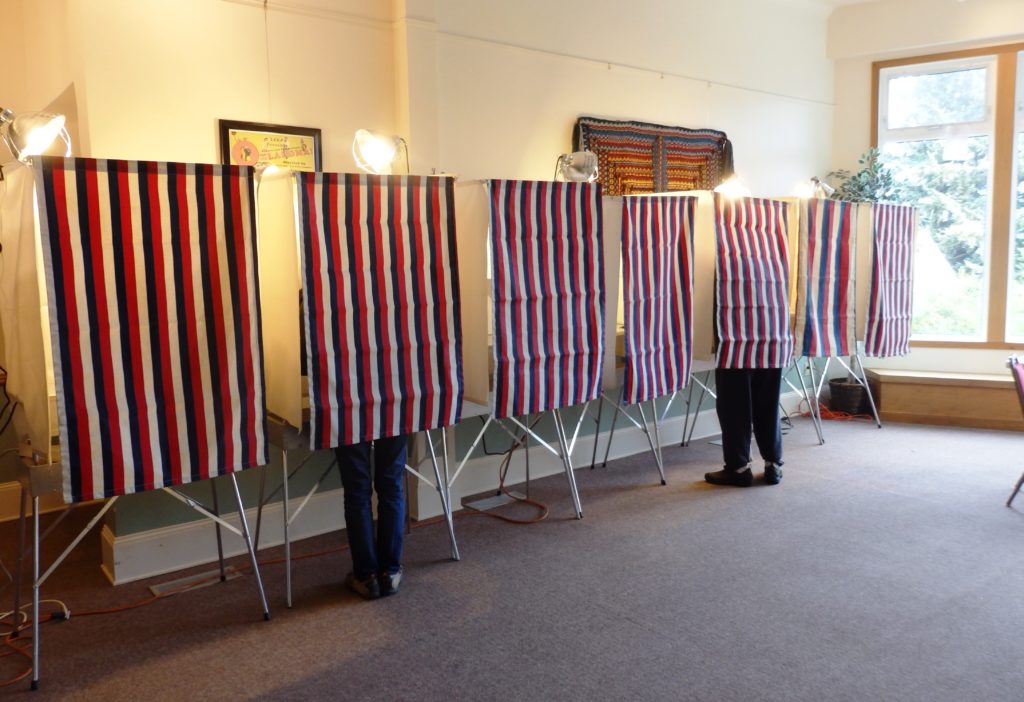 The Haines School District is in better financial shape than anticipated. It has about $170,000 more in its fund balance than originally projected. At a school board meeting Tuesday, Interim Superintendent Rich Carlson explained why the district has more money. But he warned that with the dire financial situation of the state, the district should be careful with its funds.
The Haines School District is in better financial shape than anticipated. It has about $170,000 more in its fund balance than originally projected. At a school board meeting Tuesday, Interim Superintendent Rich Carlson explained why the district has more money. But he warned that with the dire financial situation of the state, the district should be careful with its funds.
When the school board passed this year’s budget, the projected general fund balance was about $730,000.
“Since then we’ve had our audit,” said Carlson. “And the new audited numbers shows the current balance at about $906,000. Now, that’s a hefty fund balance.”
So, why the change? Carlson explained much if it is due to an increase in enrollment — 25 more students than the board budgeted for. That’s given the district a $303,000 boost in state funding. The district also received a bit more federal funding that expected.
But, there are also additional expenses that eat up some of that extra money. An increase in students means an increase in expenses. Contract negotiations were finished after the budget, so increases in salaries and benefits need to be factored in.
And there are two new positions this year that were budgeted as entirely grant-funded. But Carlson says that’s not feasible. The new Director of Student Support Services job was to be 100 percent Title 6B-funded. 6B is federal funding for special education. Carlson said before it’s been used for physical therapy, occupation therapy, and other similar services.
“Well that money pretty much went into salaries, so we backed out some of [the support director’s] salary in order to pay for some of the related services,” Carlson said.
The other new position is the technology innovation and integration specialist. Carlson said the grant funds that were routed toward that salary are also needed for professional development.
“With that we had no money basically for professional development,” he said.
Even though there is an increase in expenses for the district, there’s a larger increase in revenue. But Carlson warned against getting too comfortable, since 65 percent of the district’s funding relies entirely on the state, which is facing a financial crisis.
“I think there is reason for concern,” he said. “And I think the district really needs to try to position itself in a good position so we can weather the storm.”
Also at Tuesday’s meeting, the school board approved spending about $3,000 on the School Climate and Connectedness Survey. The Alaska Association of School Boards survey asks students how they view their school climate, how connected they feel to adults and peers, and other questions that assess social and emotional learning.
“In the past we used the survey results to take a look at the social emotional piece to revamp what was happening in middle school,” said Assistant Principal Cheryl Stickler. “One of the things that happened was the middle school retreat that came out of the survey. And we also looked at team-building as a middle school.”
The school board unanimously approved the $3,000 survey, although board member Sarah Swinton said after the vote that she didn’t understand why they had to pay that much money on a survey.
The board also unanimously approved the first reading of a revised board policy that deals with non-discrimination. The revision adds gender identity to the list of discrimination-protected characteristics. Carlson said the update was recommended by the state school board association to comply with federal law.
Finally, Carlson updated the board on the permanent superintendent search. He said there are 17 applicants so far. The application deadline is January 30 and the board will begin narrowing down the pool in early February.









